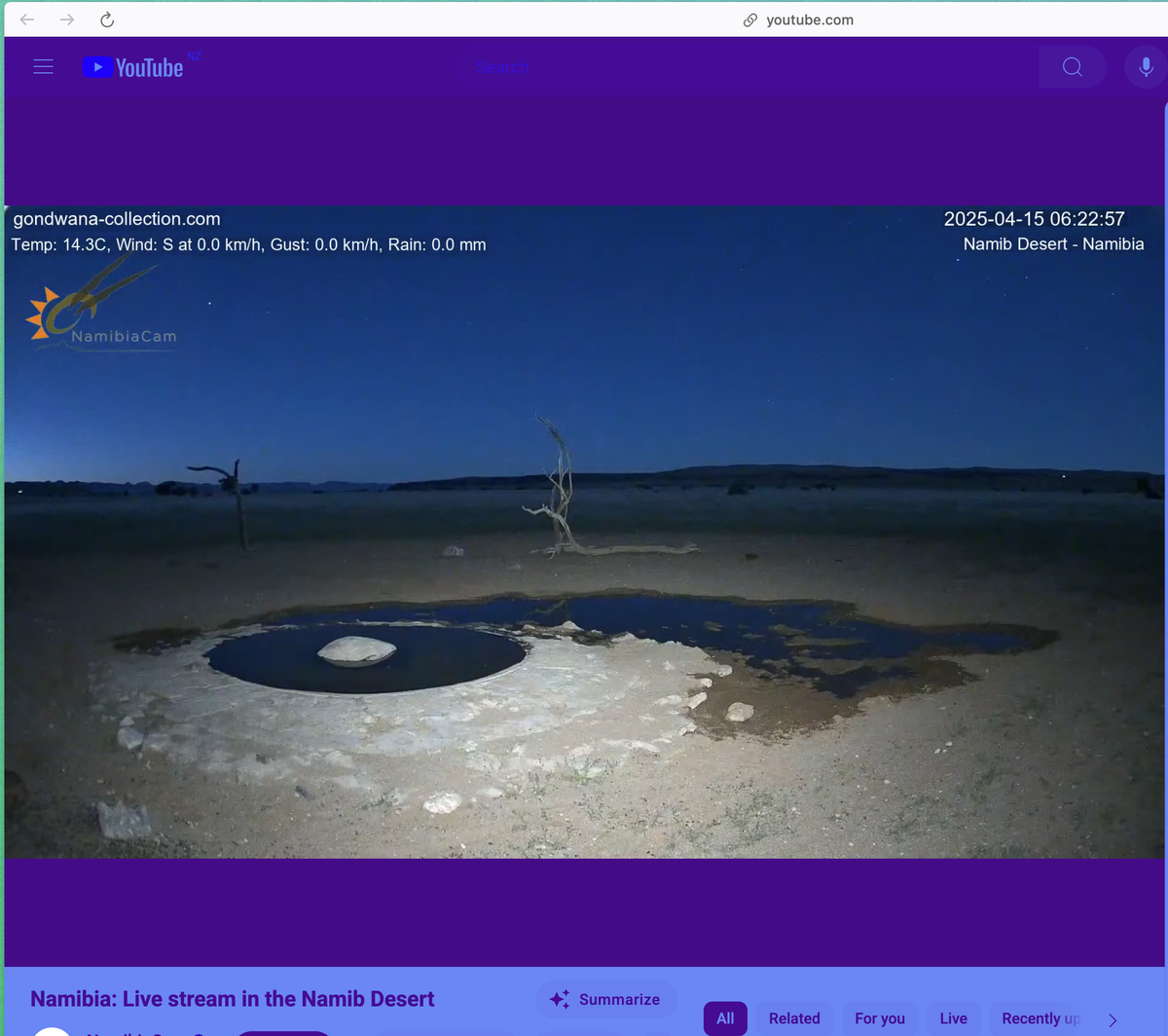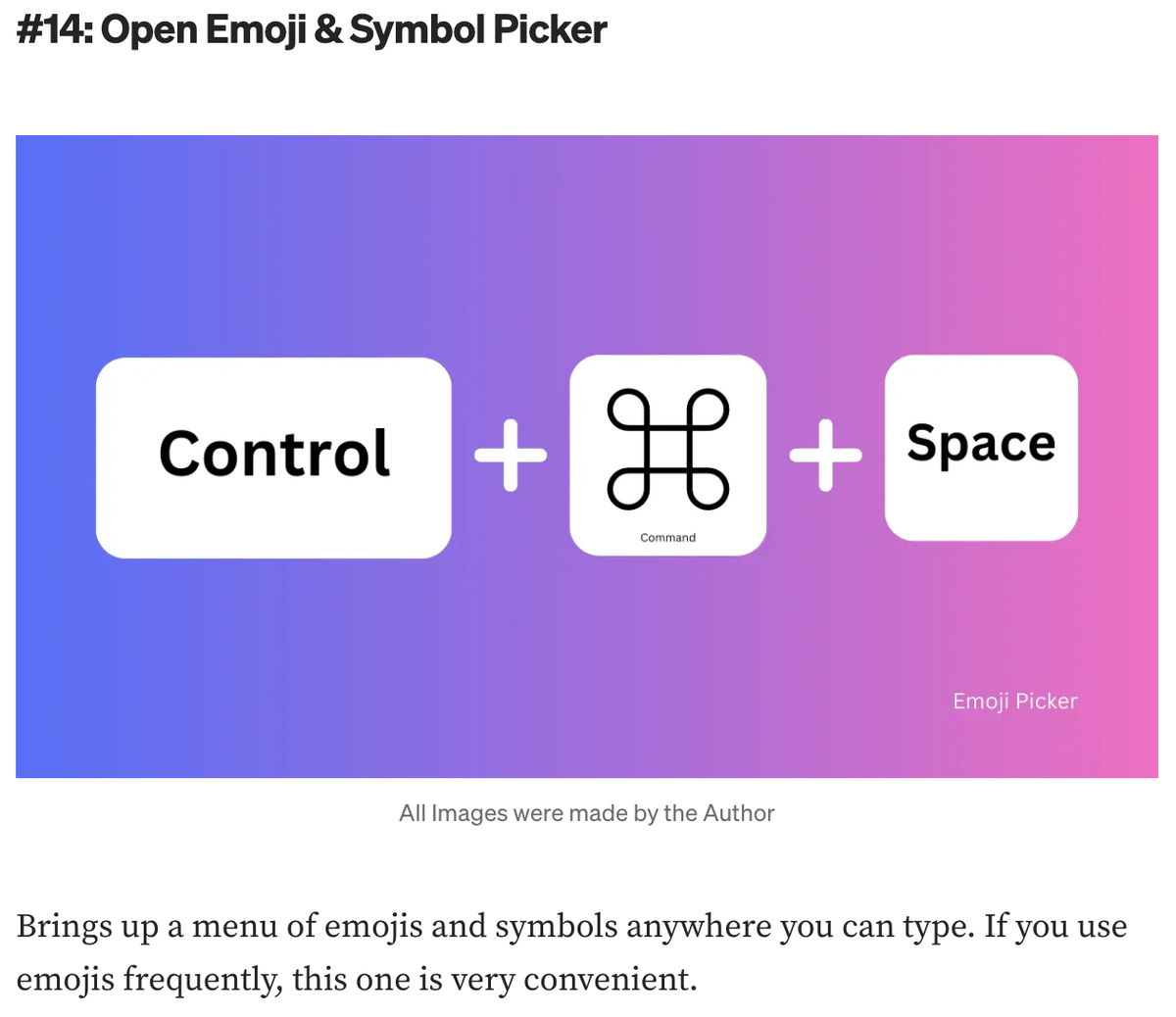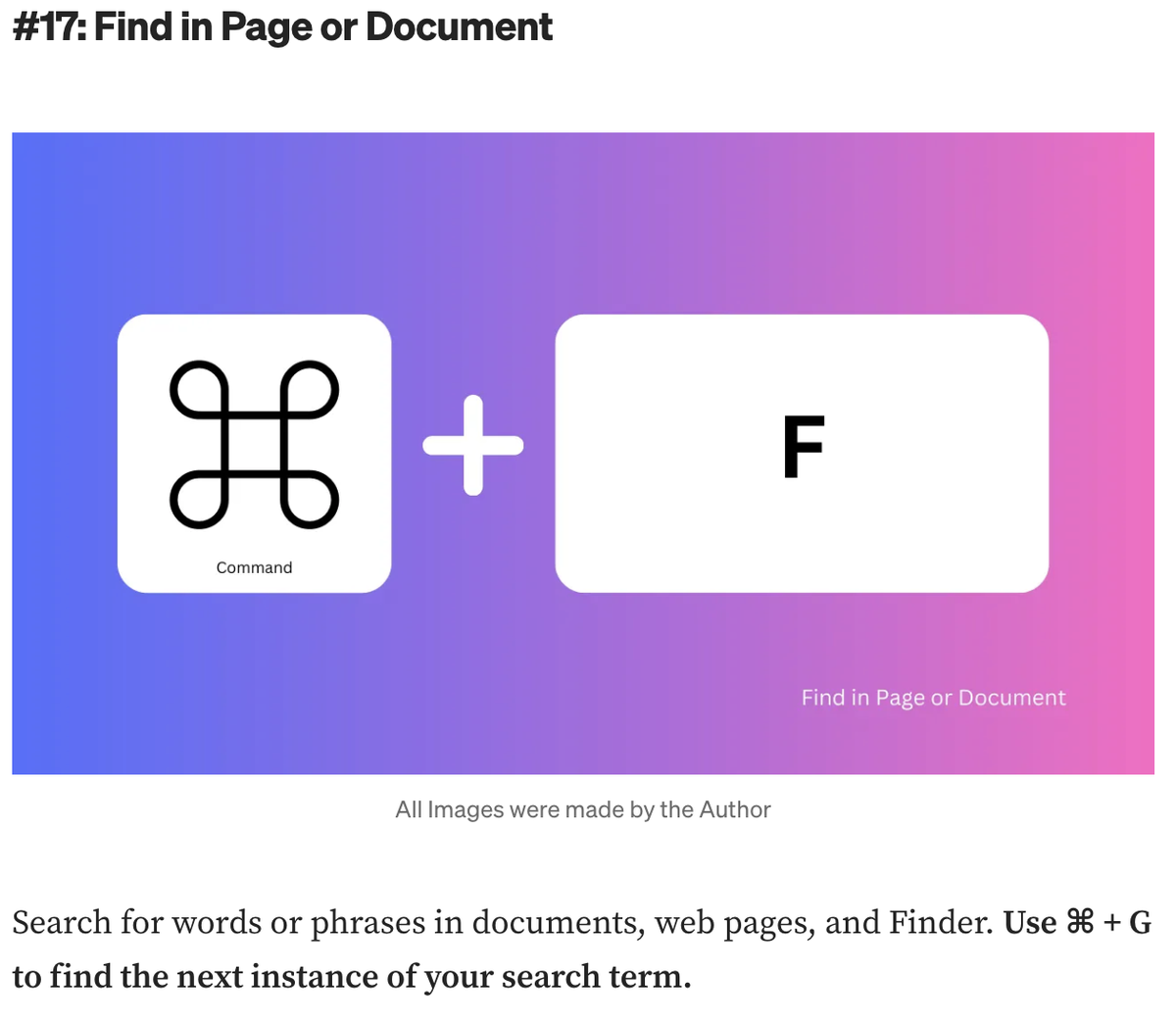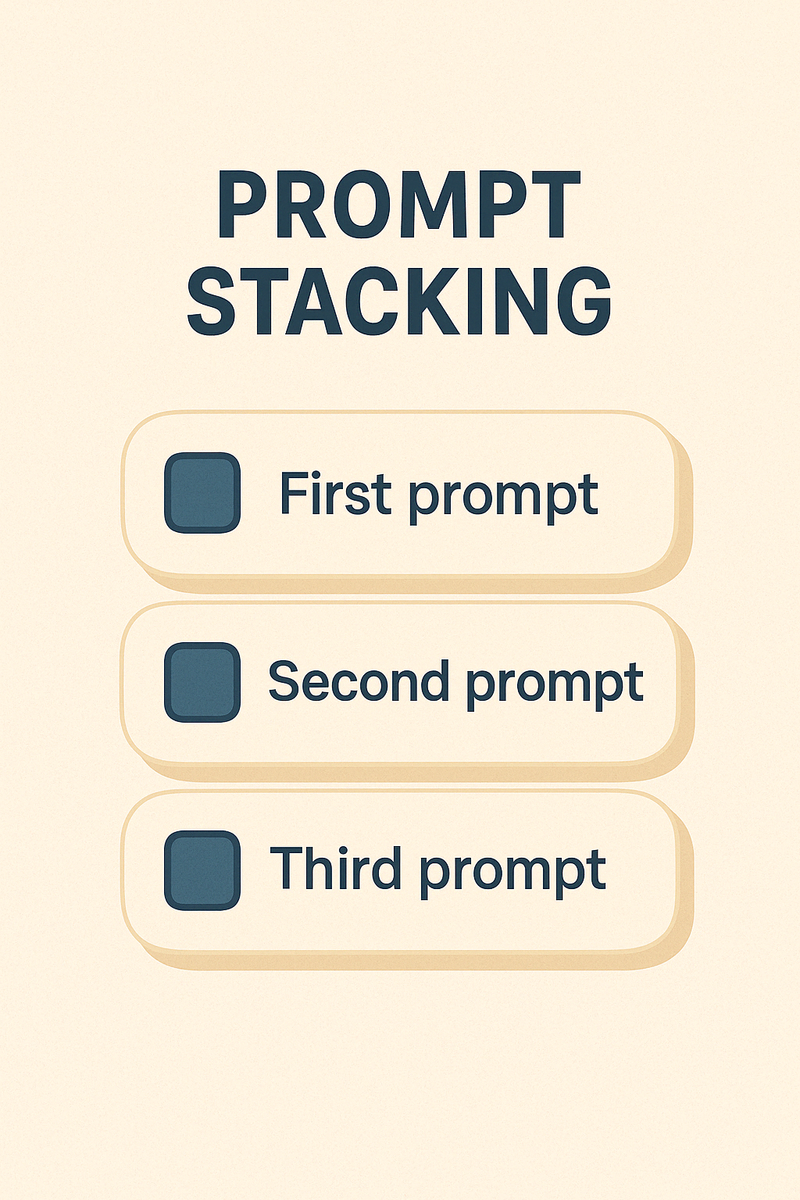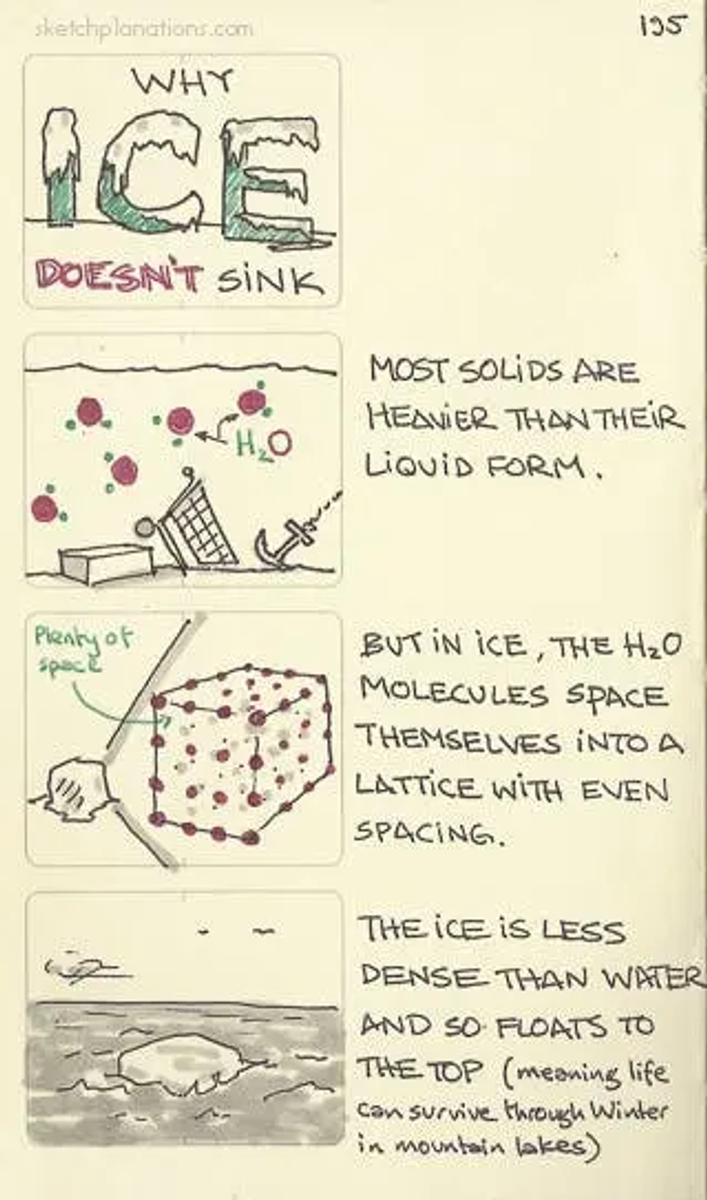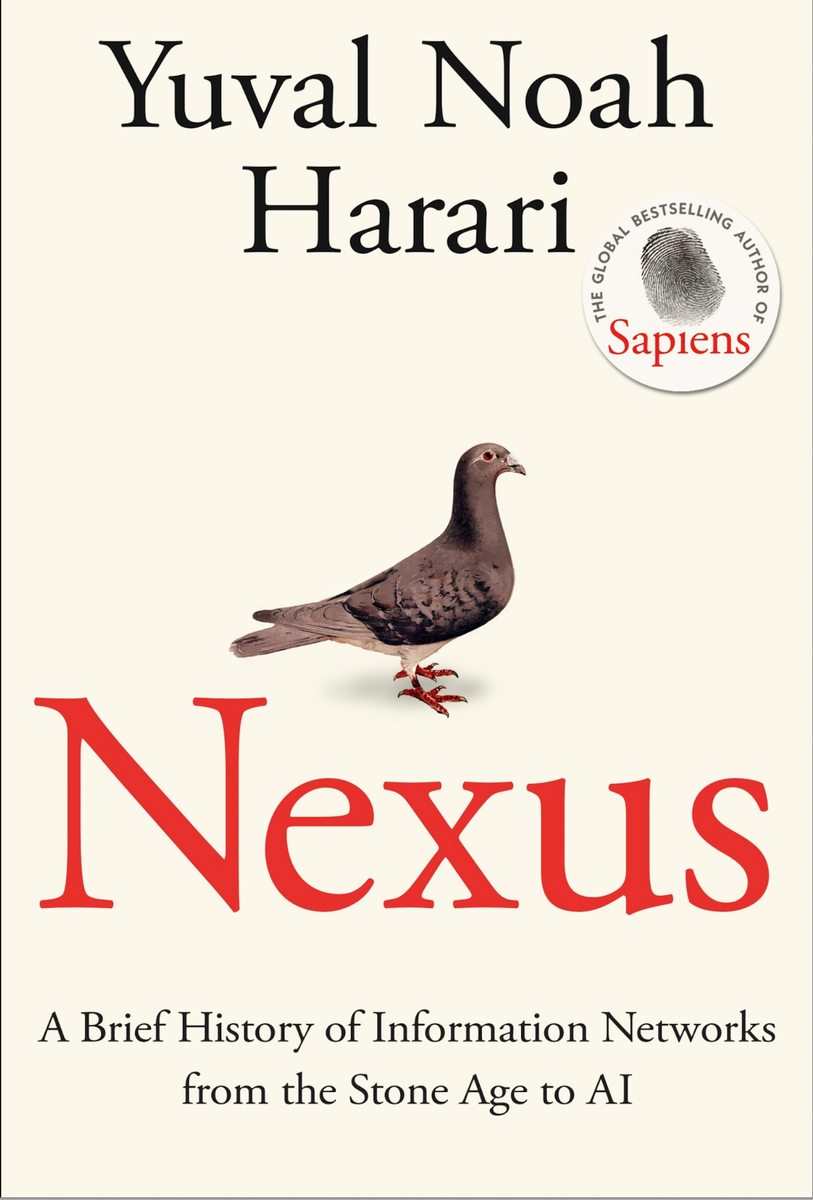Teaching & Learning Page:

Web Pages:
https://www.youtube.com/watch?v=ydYDqZQpim8
Started streaming on Nov 30, 2021
NAMIB DESERT LODGE, GONDWANA COLLECTION NAMIBIA
Live feed, from a waterhole in the heart of Namibia
Complementing the magnificence of the Namib Desert’s never-ending red sand dunes, Namibia Cam’s waterhole lies within the Gondwana Namib Park - bordering the Namib Naukluft Park.
In this park, all man-made barriers have been removed, creating a space over 56,540 square kilometres - wildlife moves freely between the two parks and the other privately owned guest farms.
Built in 2006, the special character of this waterhole, has not only an impact on the surrounding wildlife, but stretches across the globe, from home to home. This particular waterhole is situated within an open plain, 8km from Namib Desert Lodge.
A solar-powered borehole fills a nearby reservoir and is monitored by a water float that opens as the waterhole’s levels decline.
Being situated within a remote destination like the Namib Desert, intermittent interruptions are likely to occur at times.
Frequently asked questions: https://bit.ly/namib-desert-live-stream
https://news.uchicago.edu/explainers
Techie Tips:
1️⃣ Use Prompt Stacking to Generate Great Art.
A great way to create AI art is with a technique called “prompt stacking.” Start with a prompt like this.
I want to create an AI artwork about (insert topic) on (explain platform if you’re using Midjourney or you can even say ‘here on ChatGPT’ if you want to use Dall-E) and I need you to ask me questions so we can develop a prompt to create professional world class graphics for (explain the platform). Ask me questions and offer to propose the prompt after three rounds of questions and answers, then offer to refine the prompt.
Then, you have it create the prompt for you and paste it into the tool of your choice.
I teach my kids prompt stacking all of the time as an essential AI strategy.
2️⃣ Type your paragraph or words and then paste them into napkin.ai
to generate awesome graphics. Then, take the graphics, download them and put them into your presentations or blog posts.
Sketches:
Nearly every iceberg you see in a picture or diagram is probably floating the wrong way. This was what I learned (from Megan Thompson-Munson) after sketching Biz Stone's brilliant saying about the myth of overnight success.
With some approximation, the density of ice is around 900 kg/m3, and seawater is around 1,000 kg/m3. Therefore, the fraction of an iceberg that's submerged is around ~900/1000 or 0.9. So, about 90% of an iceberg is below the surface and 10% above, which is partly why they can be so dangerous.
While most iceberg pictures get this part more or less correct, most of these icebergs will be floating vertically. In reality, a tall, thin iceberg will likely topple, so most icebergs end up floating on their side, not their tips, even though we rarely draw them this way.
I remember learning about a fascinating experiment with children of different ages estimating which glass holds more water: a tall, slender one filled high or a wider glass filled to a lower level. Younger children almost always chose the glass with the higher water level as the one with the most water, even when it was significantly less than the shorter and wider glass.
I wonder if it's part of why we draw icebergs vertically, at least when we use them as a metaphor. It's easier to grasp quantities vertically, and we commonly underestimate volume spread over a wider area.
We may still want to draw our icebergs tall and deep to make our point, but now, at least, we can do so with the knowledge that they're not like the real ones.
If you want to see it yourself, Joshua Tauberer made a brilliant draw-an-iceberg-and-see-how-it-will-float game. I recommend you give it a go so it sinks in forever (sorry).
Whichever way you look at it, water is a remarkable substance.
There's something remarkable about a boat travelling uphill. Canal locks are a simple yet ingenious system that has made it possible for centuries.
How a Canal Lock Works
The humble lock gate has more to it than first appears. Here's how one of the most common types works.
For a boat approaching a lock from below and meeting a closed gate:
1. Bring the water to your level
Close the top gate to seal the lock. Then, open the sluice (or paddle) in the lower gate — often a sliding panel — by cranking it with the ever-handy windlass (a simple metal crank that fits onto square spindles on the lock mechanism).
2. Enter and seal the gate
Once the water is at the lower level, you can push the giant counterweights to open the gate and steer the boat inside. Don't nudge too far forward, or you'll bump the cill, a stone ledge at the top end of the lock. Close the gate behind you and shut the sluice to stop water escaping.
3. Raise the water level
With the lock sealed, open the top sluices. These often feed through side channels or culverts, letting water in gently from upstream, usually below the surface, to reduce turbulence. You'll gradually float upward as the lock fills.
4. Head upstream
Once the water level matches the upper pond (the upper stretch of water), open the top gates, close the sluices, and cruise on your way.
The same principles, in reverse, work for approaching the lock from above.
As you can imagine, operating locks is much harder work if you're boating solo.
Water Supply for Canals
One thing that makes all this possible is a steady supply of water. You can't rise in a lock without water to fill it. So, canal builders had to ensure the canal had enough water to stay navigable and to keep the locks functioning.
For some of the London canals, the builders created huge reservoirs with long feeder channels to ensure the canals had enough water. In some places, water is pumped back uphill to be reused at the top of a flight.
Canal water doesn't flow much — it's a closed system in many places. I'd heard that, in principle, it only takes one lock's worth of water for a boat to travel down a whole flight of locks: each lockful of water carries the boat one step down and ends up in the next pond. So, a boat going down several locks essentially transfers a single chamber's worth of water from the top to the bottom.
But in practice, how much water gets used depends on boat traffic from either side, whether you meet locks full or empty, and water-saving features such as side pools. In my research, it wasn't as simple as it seemed.
The Mitre Gate
Holding back tonnes of water is no small task. Mitre gates are angled to meet, pointing upstream and forming a shallow V. This shape means the water pressure pushes the gates closed, creating a tight seal — the water effectively locks itself in.
A stone arch bridge uses a similar principle—compression strengthens the structure under pressure.
Leonardo da Vinci sketched an early design for the mitre gate around 1500. The design still looks like a modern lock gate. Not bad for an invention 500+ years ago.
Understandable Engineering at Large
Canal locks are like playing with water in the bath but on a massive scale. They're inherently satisfying to watch and operate. At their peak, they revolutionised transport across much of Europe and beyond.
The same basic idea still operates in the Panama Canal, where giant ships are lifted 26 metres over the isthmus simply by filling and draining the lock chambers in sequence.
The dimensions of a lock determine the size of the boat that can pass through. Panamax is the maximum size a ship can be to fit through the Panama Canal—a constraint that shapes shipbuilding worldwide.
In the UK, Tardebigge Locks has 30 locks to raise boats 67m over just 3.6km. Not to be outdone, Caen Hill Locks on the Kennet and Avon Canal has 29 Locks, 16 of which are in a straight line, rising 72m over 2.1km.
For a single, remarkable lock, have a look at Falkirk Wheel lock in Scotland. It's the "one and only rotating boat lift", which replaces 11 locks with a 2-minute rotating journey lifting boats through the air.
Article:
How to Get Back on Track
5 ways to get back on track after falling off — in 5 minutes.
🚧 First, Why Do We Fall Off Track?
There are all sorts of legitimate reasons why we fall off track with our goals and things we want to do:
🧗♂️ It’s too hard.
Everyone’s definition of “hard” is different, and it can shift based on all kinds of factors. Later on, we’ll share some tips for accurately assessing how hard something is, and adjusting your approach accordingly.
👩💻 Other obligations get in the way.
From work and home to hobbies and relationships, we have a ton of stuff on our plates. There will be times when our priorities will shift — staying flexible and finding shortcuts or detours to our goals can keep us on the right path.
🙅♀️ Self-criticism holds us back.
Our brains convince us that we’re not good enough to do whatever it is we’re trying to achieve. (We’ll talk about this more in just a minute.)
🗣️ We care too much about what others think.
Ever started a new activity, like a dance class, only to abandon it because you get in your head about how others perceive you? It’s easy to say, “I don’t care,” but it’s another thing to truly believe it, and to value your own opinion above everyone else’s.
Now that you know a few things that cause us to fall off track, let’s explore what makes it so hard to get started again.
⛓️💥 Why It’s So Hard to Restart
The stories we tell ourselves about why we “failed” make it much harder to get back on the path.
Sometimes, it really feels like our brains are working against us. This is frustrating, especially when you’re trying to maintain a healthy habit that benefits that very same brain!
Vicious emotional cycles can stop us from trying again — here are a few to watch out for:
😓 Guilt — So many of us get caught up in what we “should have” or “could have” done differently that we avoid restarting altogether. In the end, this only breeds more guilt, so it’s important get “unstuck” from it as soon as you can.
💎 Pressure — Ever heard that saying, “You’re your own worst critic”? It’s so true, especially when you fall off track with something. If you fall off once, you’ll likely put a lot more pressure on yourself to restart than you deserve. Seriously, be gentle with yourself.
🛑 Inertia — The laws of physics confirm that it’s much easier to keep moving when you’re already in motion than it is to start again after you’ve come to a complete stop. Knowing this, your mind might convince you that there’s no point in restarting at all, since it’ll be so much harder now than it was before.
Now that you know which self-sabotaging thought patterns to stay aware of, let’s explore 5 ways to get back on track with any goal.
🛤️ 5 Ways to Get Back on Track
🤨 Make your mind up
Getting back on track starts with making a decision and actively choosing to stick to it.
This is something you’ll have to do every day. Some days, it’ll feel effortless. Other days, it’ll feel almost impossible.
Every day, you’ll need to work with your energy levels to make things happen. And every day, you’ll need to make up your mind about the kind of person you want to be, and the kind of life you want to live.
This may sound like “tough love”, but try to think of it as a pep talk instead. Adapt this tip to make it work for you!
😞 Notice negative self-talk
So many of us accept our self-critical thoughts as 100% true and factual. We don’t even think to question them.
But if you want to get back on track (and stay there), it’s so important to notice when you’re beating yourself up. Once you do, you can challenge that critical voice and unravel the lies it tells you. Take your thoughts to “court”, and compile “evidence” that proves why your self-judgments aren’t true.
🤏 Start tiny
When “small” feels too big, think on a micro level.
Take this task for example — “Go to the gym”.
This “single” task is actually a bundle of smaller tasks:
Wake up
Get out of bed
Get dressed
Take the bus to the gym
Start workout
You have to do four other things and make dozens of choices before you can even start the thing you actually want to do!
It may seem silly, but it really helps to break down all the tasks you’re struggling to stay consistent with.
👟 Focus on the next step, not the destination
One of the biggest mistakes people make when committing to something is focusing on the destination.
You can’t reach your destination unless you successfully take the next step forward. And the next.
Not to mention that looking ahead to the end of the road will make the journey feel much longer and more agonising.
With this in mind, focus on making progress, building momentum, and achieving small wins along the way instead.
🏡 Redesign your environment
Not all blockers will be mental — some obstacles are actually hiding in your environment.
Think about it. If you constantly lose track of your gym bag and workout clothes, you’re less likely to stick to your gym habit on days when you’re rushing.
One way to overcome this is to have a space for all your workout stuff. Check out our dedicated newsletter for more tips on designing your environment for success!
Book Recommendation:
The story of how information networks have made, and unmade, our world from the #1 Sunday Times bestselling author of Sapiens - Stories brought us together.
Books spread our ideas - and our mythologies.
The internet promised infinite knowledge.
The algorithm learned our secrets - and then turned us against each other.
What will Al do?
NEXUS is the thrilling account of how we arrived at this moment, and the urgent choices we must now make to survive - and to thrive.
PRAISE FOR NEXUS
'One of the most remarkable intellects of our generation'
Rory Stewart...
If there is one book that I would urge everyone to read, it is Nexus
Stephen Fry.
'A wake-up call in the gentlest, most urgent way'
Yotam Ottolenghi
'This deeply important book comes at a critical time as we all think through the implications of Al'
Mustafa Suleyman
'A super narrative writer'
The Guardian
'[Harari] sticks the world together in a gleaming shape that inspires and excites'
The Telegraph
Praise For Yuval Noah Harari
'The great thinker of our age'
The Times
'Interesting and provocative'
Barack Obama
'One of my favourite writers and thinkers'
Natalie Portman
**Instant Sunday Times bestseller, September 2024**


